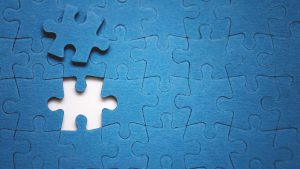Why do yeshivos learn so much Talmud, the Oral Law, when the majority of students have not even mastered the Chumash, the Written Law? Isn’t the Chumash the foundation of Judaism? If so, shouldn’t they put their focus on becoming proficient in the basics before they move on to the other sections?
Rav Chaim Mintz responds:
Firstly, our rabbis (Gittin 60b) tell us that G-d made His covenant with the Jewish nation because they accepted the Oral Law, which is primarily the study of the Talmud.
But in truth, your assumption is really not accurate, because Gemara (Talmud) is not merely a subject of its own, but is actually elaborating on the text of the Chumash. The Chumash is indeed the foundation of everything, but it is not written in a clear-cut style, often stating just the laws in general, and without the Talmud we would not be able to understand what the Torah means.
For example, there are many mitzvos in the Torah, such as keeping Shabbos, eating matzah on Pesach, and refraining from stealing. But how do you keep Shabbos, how do you bake matzos, and what constitutes stealing? This is where the Talmud comes in, elucidating the words of the Torah, and explaining all the mitzvos in great detail. So when we spend all those hours studying Gemara (Talmud) we are not neglecting the Chumash at all; rather, we are gaining greater clarity and deeper understanding of the words of the Torah.
In fact, it is well known that the Vilna Gaon, the great Torah genius of the 18th century, spent the final years of his life learning Chumash, delving into each pasuk based on the various elucidations scattered throughout the entire Talmud.
Even so, the study of the actual text of the Chumash is not overlooked. Each week one is required to review that week’s Torah portion, and Torah scholars, as well as all serious yeshivah students do so — at least on a basic level. Many even study the various commentaries on the page, as well as delving into the deeper meanings and messages of each weekly Torah reading.
This question and answer session is taken from Oorah’s Ask the Rabbi book by Rabbi Chaim Mintz, published by ArtScroll.


